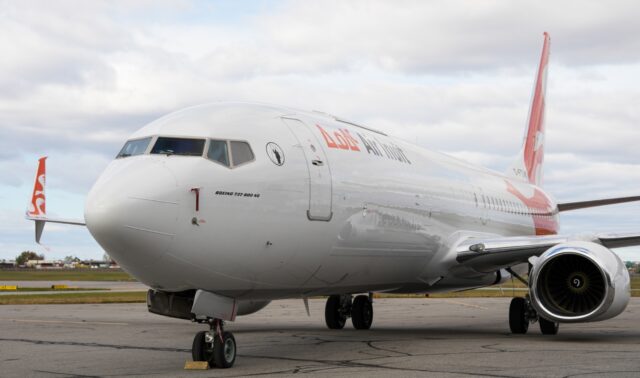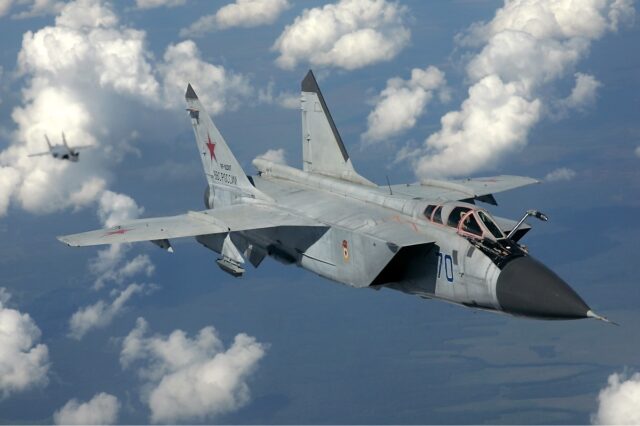Golden Dome gets $25 billion for missile defense with focus on weaponising space

July 15, 2025

The One Big Beautiful Bill has passed, and with it comes an extra $25 billion for the Golden Dome. Critics question the feasibility of the project, while others sound alarm bells over a pending space race.
The Golden Dome: A comprehensive missile defence shield
Washington is allocating an initial $25 billion as part of the Golden Dome project. This is likely to be just the first instalment of many to make the system a reality.
The Golden Dome is to be a comprehensive missile defence system designed to protect the United States from ballistic, hypersonic, and cruise missiles as well as other advanced aerial attacks.

According to Lockheed Martin, the system will integrate existing US air defence systems, like Patriot, F-35 fighter jets, the naval Aegis system, an array of space-based systems, and much more. It will also develop novel intercept capabilities that include space-based systems and the upcoming F-47 fighter that the Air Force says it needs.
The Golden Dome is not the first time the United States has attempted to make a comprehensive missile defence shield to protect the United States’ homeland. President Ronald Reagan admitted something similar in the 1980s.
Fast forward 50 years, and technology has come a long way. Critics remain divided as to how feasible the system will be.
It is worth noting that while the Golden Dome’s naming comes from Israel’s Iron Dome system, designed for shooting down short-ranged rocket artillery, it is not particularly related. It is not even similar to Israel’s integrated ground-based air defence system that includes Iron Dome, David’s Sling, Arrow 2, and Arrow 3.
The Israeli system only needs to protect the state of Israel, while the Golden Dome needs to defend the United States or even the whole world. The Lower 48 alone is 390 times larger than Israel.
Analysts say the system will include space-based weapons that may include interceptors or even lasers. It remains to be seen how engineers can overcome the challenges of a space-based system having enough power to operate lasers.
The spectre of a new space race
Space-based weapons are the best, or only, way to intercept missiles in the vulnerable boost phase before they can deploy their decoys in space.
Notably, of the $25 billion in allocated funding by the One Big Beautiful Bill, around half is for space-based assets.
$7.2 billion is for military space-based sensors to detect and track missile threats globally. Another $5.6 billion is for space-based and boost phase intercept capabilities. These include the ability to destroy missiles in the most vulnerable phase.

This is incredibly consequential. Until now, space has not been militarised. This risks an armed space race with China.
While other adversaries like Russia may lack the capability to engage in a space race with their own space-based assets, they can proliferate systems designed to shoot down US space-based assets.
Funding for the Golden Dome
It is incredibly difficult to estimate the cost of the Golden Dome. That question hinges on factors like what novel new systems will be delivered for it and the scale and scope of the system.
For now, a big beneficiary of the Golden Dome is the Space Force. The Space Force is seeing its budget swell 30% from FY 2025 to $40 billion in FY 2026. The Department of Defence says the Space Force’s budget will “fund vital space-based capabilities supporting our Golden Dome Initiative.”

It’s unclear how much it will ultimately cost. Some estimates are for $175 billion, while Reuters quoted a Congressional Budget Office estimate that it could cost as much as $831 billion over two decades.
















